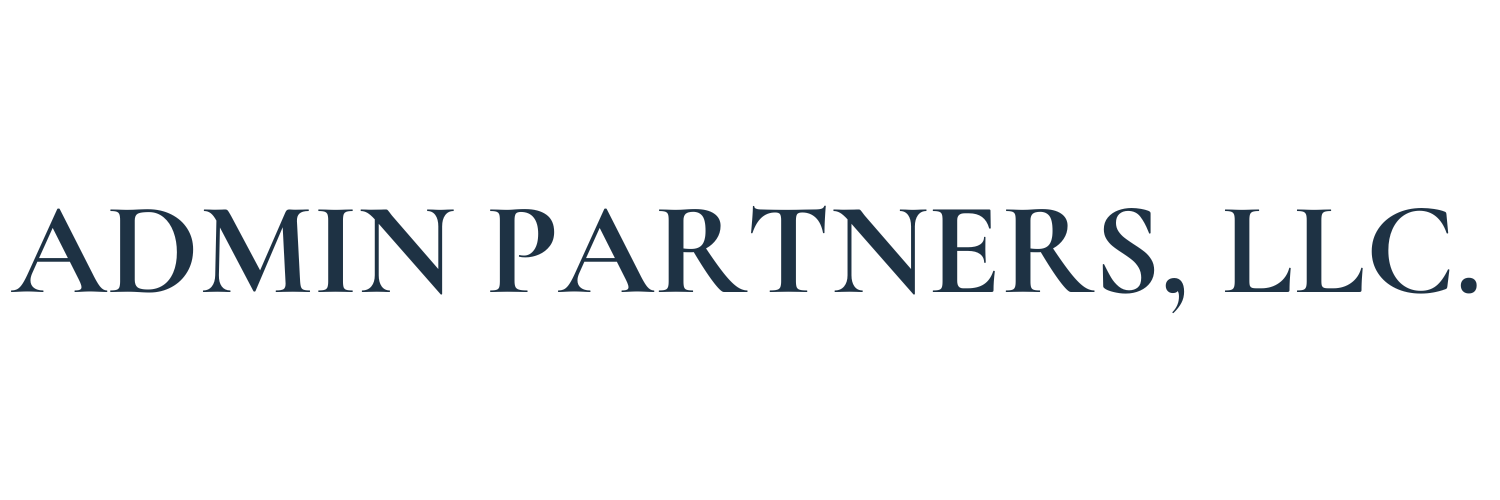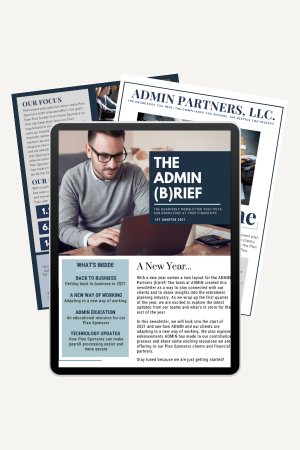
Ever walk out of a meeting wondering how an hour went by and nothing got done? Have you ever hosted a meeting that just fell flat?
We have all been there! Meetings are meant to be a productive collection of ideas and work; however, they often disappoint when it comes to effectiveness. Knowing exactly how this feels, ADMIN’s team decided to pull 3 essential meeting techniques that guarantee a productive and effective meeting in the workplace.
HAVE AN AGENDA
Agendas may seem like a thing of the past, but they are the foundation of a productive meeting. Not only do they set the tone for a meeting, but they also bring purpose to attendees. This allows the group to have an understanding of why they are attending the meeting and if sent in advance, how they can prepare. We recommend sending out an agenda with the invite or at least 24 hours before the meeting. This gives those attending the session an opportunity to prepare their own notes/questions and if working on a project, their respective contributions. An agenda also creates a timeline for the meeting and can help keep the meeting on track even when discussions trail off topic.
STICK TO YOUR END TIME
No one likes a meeting that never ends and even when meetings are going well, it’s important to respect the time of those attending. For this reason, we encourage people to stick to the end time set forth when a meeting is scheduled. Meetings can often fall off track when a host or participant in the meeting spends too much time debating a topic of discussion. One way to avoid this is to use the time block method. For example: if you have 4 topics to discuss throughout a meeting and one hour scheduled, block 15 minutes to discuss each topic point. If a topic requires more time than what is allotted, make note to have a quick follow up meeting on that specific matter. This ensures that meetings are productive and beneficial to the attendee’s time.
CREATE TAKEAWAYS
As essential as the agenda is to the preparation of a meeting, takeaways are just as imperative to the ending of a meeting. Creating takeaways helps ensure that what happened in the meeting extends into the workplace. They set an expectation for what’s to come for those who attended the session and keep projects on track. Typically the host of a meeting can use the final 5 minutes to revisit the topics discussed and assign a takeaway to those who need to take action once the meeting has ended. It is also helpful to send a follow up email reminding everyone what is to be expected during the next meeting (if applicable) or how things are to operate going forward.
We want to know: what are some of your top tips to hosting a productive meeting? Share them with us in the comment section below!


